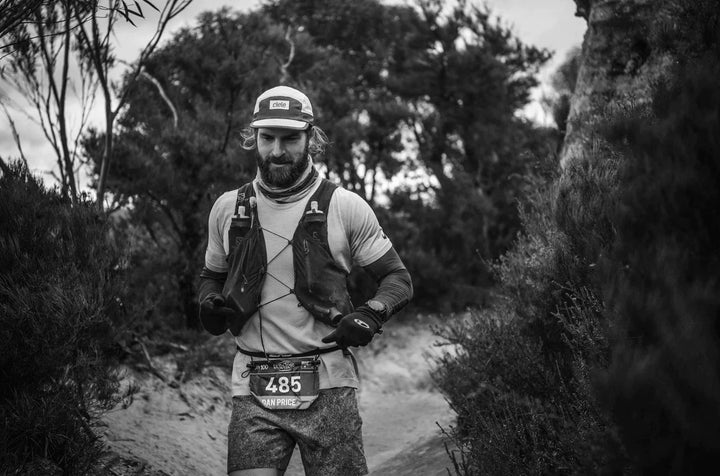In many endurance sports there’s a focus on being light, and lean – with the thought this equates to speed and better performance – and there’s an element of truth to that. Body weight and having a strong power to weight ratio is definitely advantageous when you think about dragging that body up a hill climb, battling realities of gravity to run over many miles, or overcoming the heat and humidity of some race conditions. But somewhere, for many of us, the ‘strong’ and ‘power’ elements have been lost in that quest of ultra-leanness and lightness – often at a detrimental cost.
When we strive for a body weight that is significantly below where we might naturally and healthily sit or, simply under-fuel intentionally or unintentionally for our energy demands, we risk serious health and performance implications.
Low Energy Availability (LEA) occurs when the body doesn’t have enough energy left over after training to support normal bodily functions. This can include recovery and tissue repair, immune function, growth, hormonal and even optimal cognitive function.
This can occur unintentionally (and pretty commonly) amongst endurance athletes with heavy training loads; you get busy, train a lot, maybe find it hard to train on a full stomach or simply don’t have the time or skills to shop/cook/pack properly.
It can also be intentional – too many athletes wear their leanness obtained through calorie deprivation as a badge of honour – as proof of their dedication to success. But what’s missing here is the fact that lighter does not always equate to faster. That under-fuelling also does not necessarily equate to lighter, and almost never equates to better performance. Most athletes are high energy burning machines and stoking that engine with more fuel, usually doesn’t in fact lead to weight gain as feared, but simply leads to greater energy output (hello to better training sessions, hello to periods returning for female athletes and nice to meet you again sleep, mood and recovery).
So perhaps it’s time to focus on performance improvements through becoming stronger, more powerful and optimise training and recovery, rather than focusing on reducing body weight. How? By fuelling and by getting in some strength training.
Strength training is often low priority in many endurance training programs, but it’s still important for most of us to incorporate. Strength and resistance training builds resilience and stimulates muscles, joints and tendons positively in ways that the same repetitive movements from swim/bike/run can’t. Injury prevention, delaying postural fatigue and being able to hold from for improved performance and greater power are some of the benefits. Plus, for any athlete over the age of 30 (ish), resistance training helps to slow the inevitable decline in muscle mass, or the ability to readily gain muscle mass.
Perhaps some hesitation to engage in strength training stems from a fear of packing on extra muscle mass but this feat is usually harder than it seems, and given the high aerobic load of most endurance athletes, unlikely. In addition, it pays to understand physiological response to different resistance loads. Generally, hypertrophy – muscle size gain – occurs as a result of low resistance, high reps, while muscle strength and power gains come from lower rep, higher loads. Getting some good, experienced, qualified advice in programming is really beneficial and helps meet your endurance goals and training with the benefits of strength training.
To hit your goals for maximising strength and improvements in performance, fuel up. First make sure you are eating enough – tissue repair, recovery, and building takes energy. I think most endurance athletes would be surprised at the volume of (good quality, healthy) food that can be eaten without gaining body fat, with the energy instead poured into maximising training response and recovery, immune function and other health and performance benefits.
Ignore the scale – too often we can be afraid of even gaining a little muscle mass – but we disregard the numbers that matter (i.e our performance parameters – training times, watts, heart rate) and solely in favour of the number on the scale. Which oddly defeats the purpose and undermines performance.
Protein is also critical – including quality protein at each meal and snack will cover these bases – plus a protein and energy rich snack post workout (if not covered by your standard meal pattern).
Include plenty of health boosting fats and plenty of colour in the form of fresh fruits and vegetables, all these micronutrients are needed for tissue growth and recovery.
Don’t forget to enjoy your food – deprivation isn’t a badge of honour – nor are medals handed out for being the lightest come race day.
– Pip Taylor


0 comments